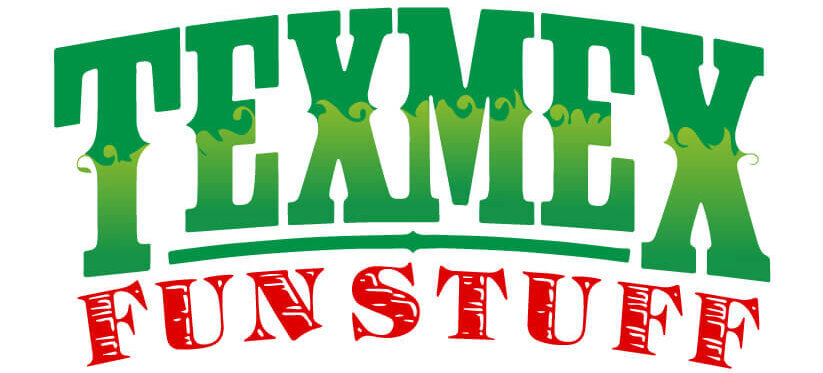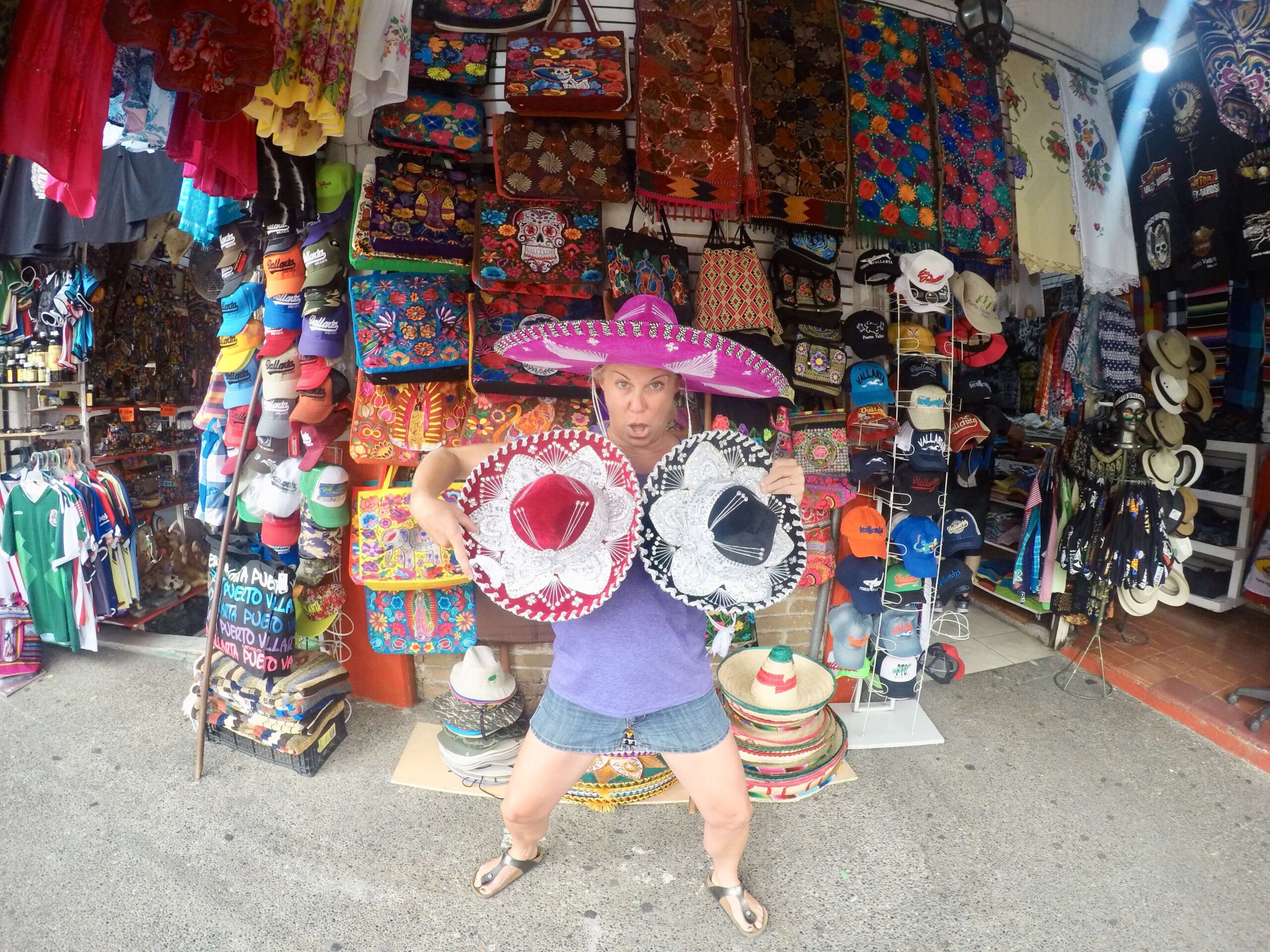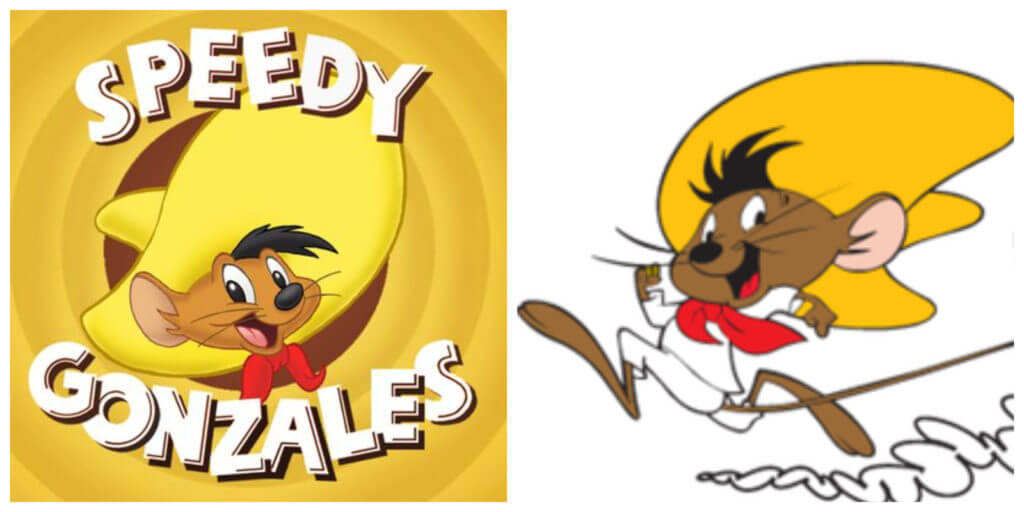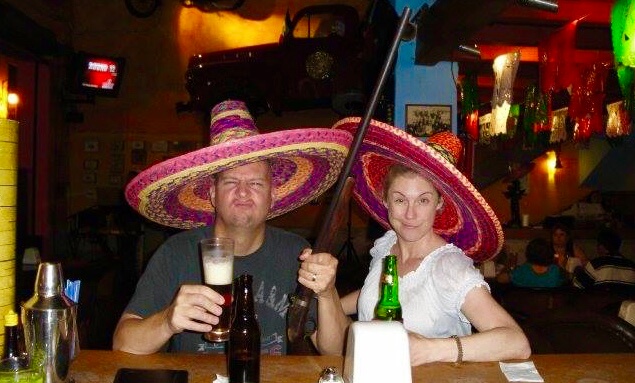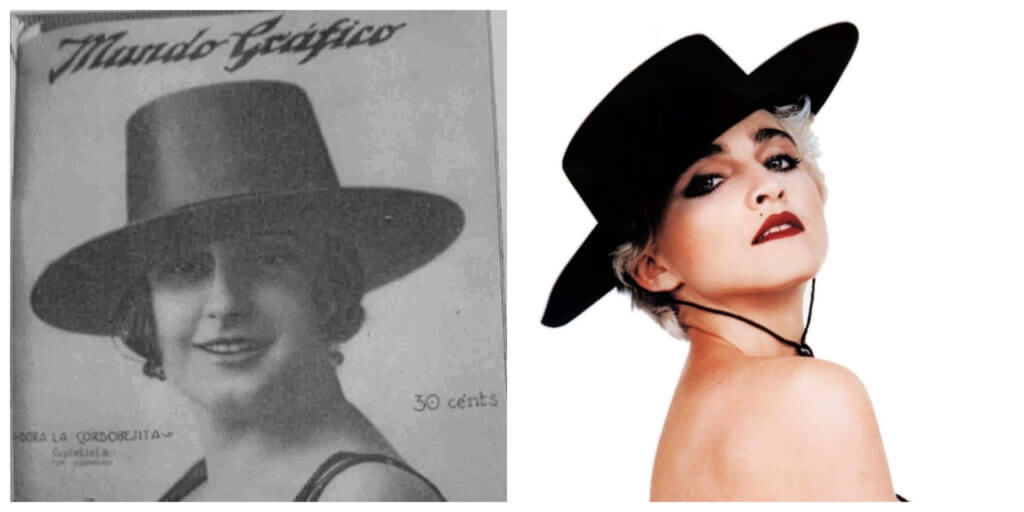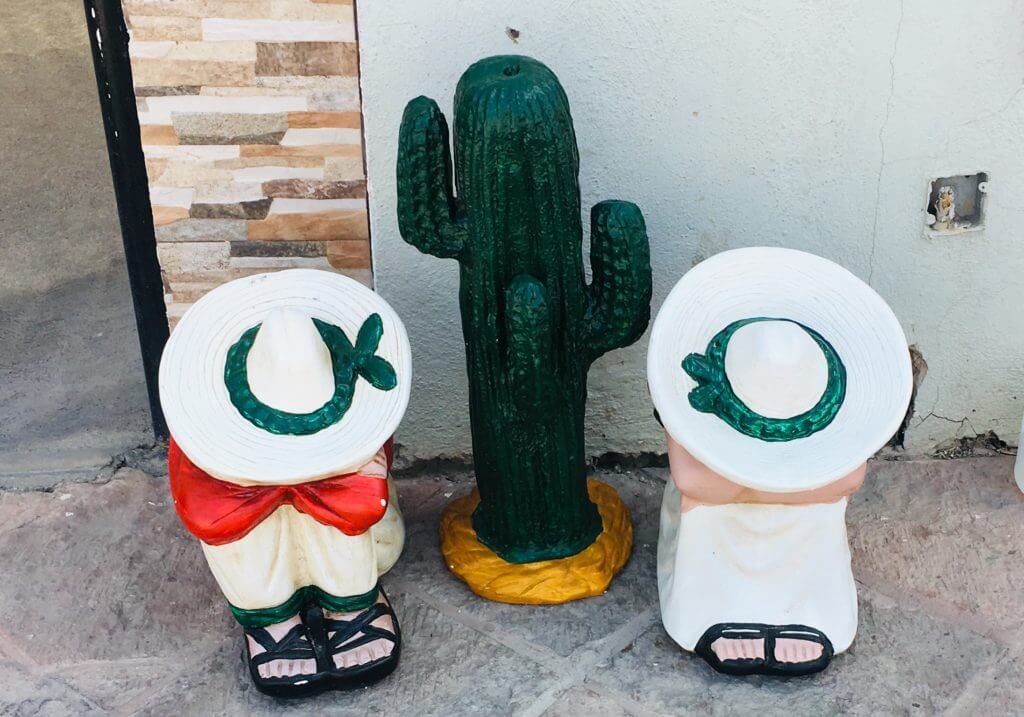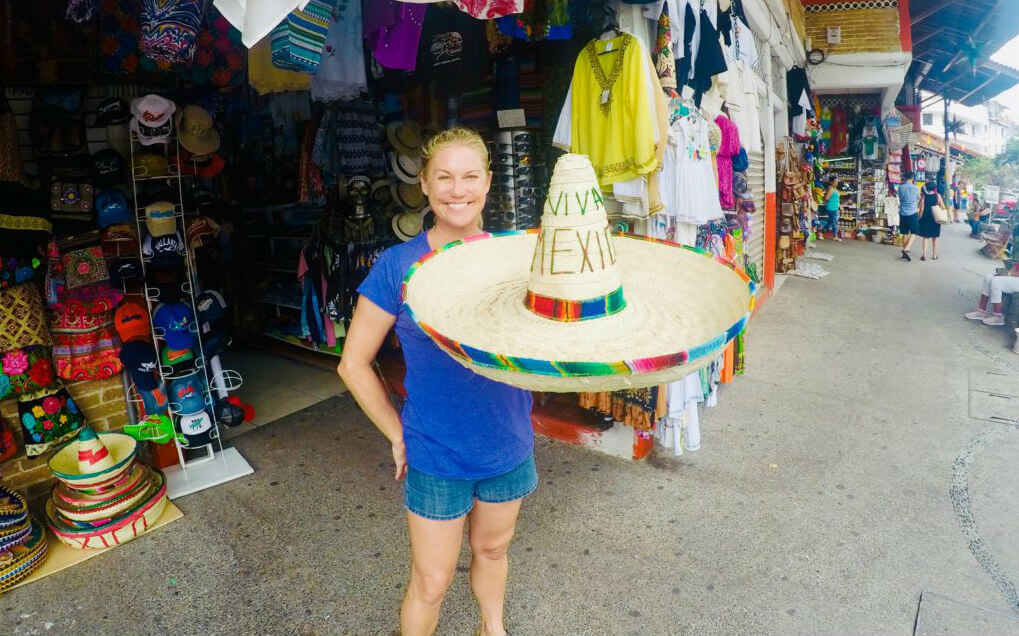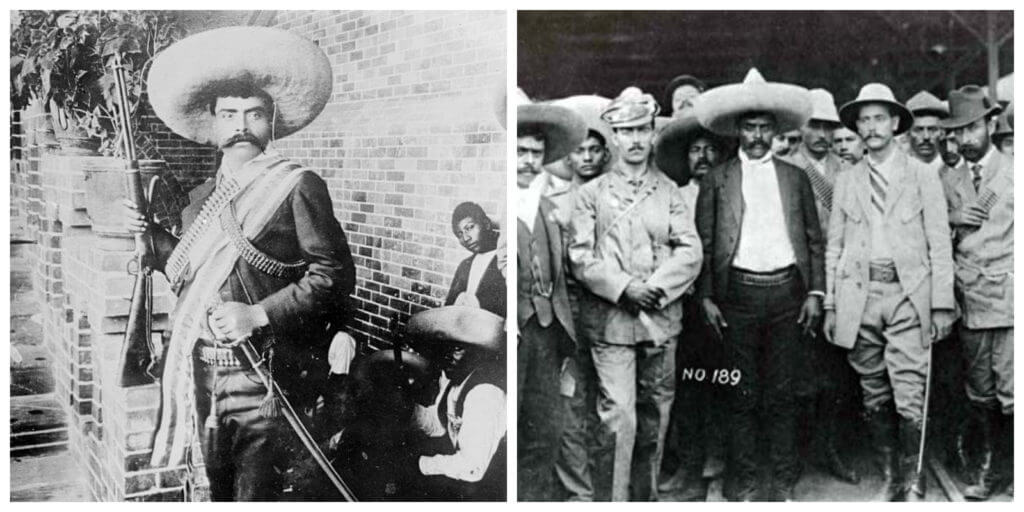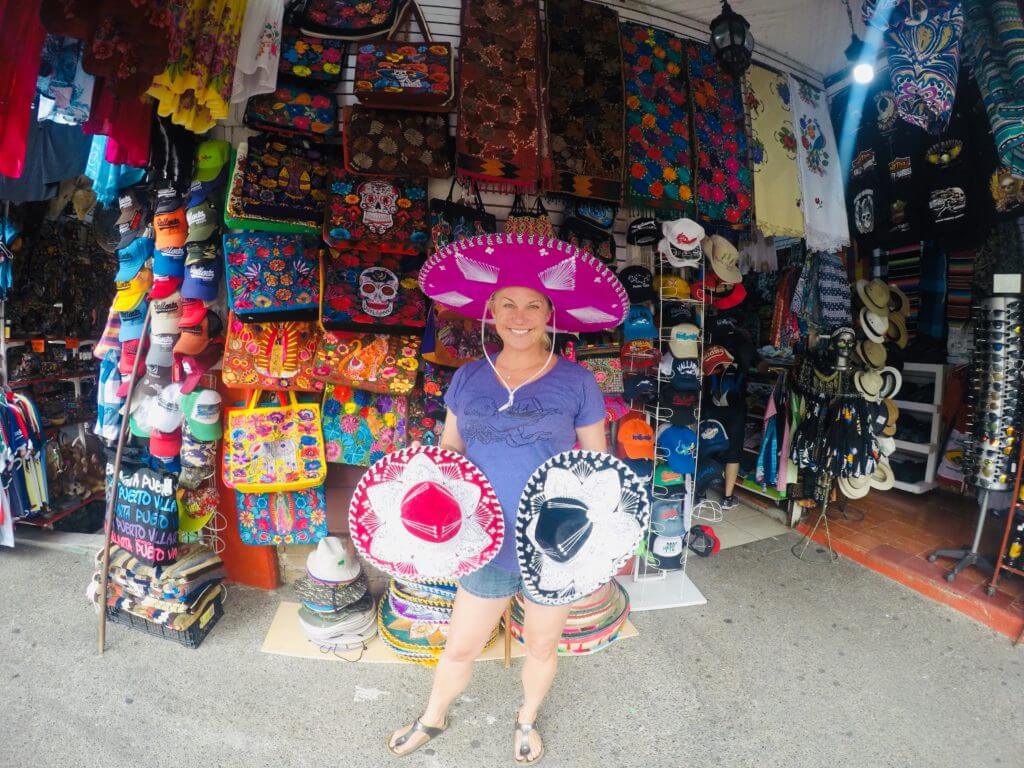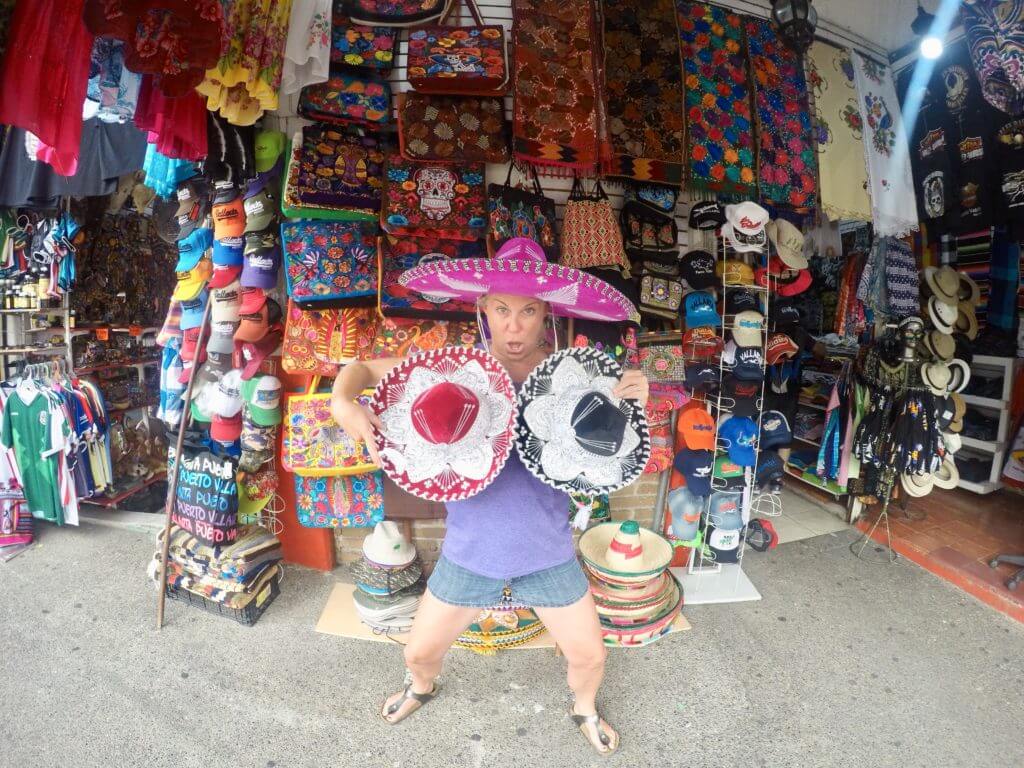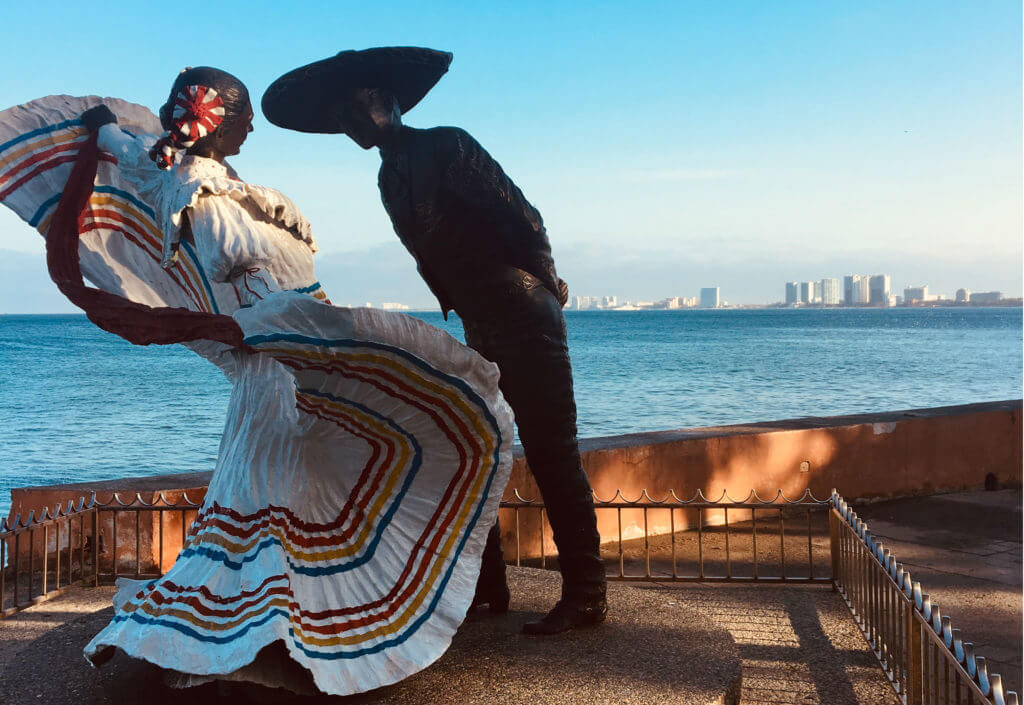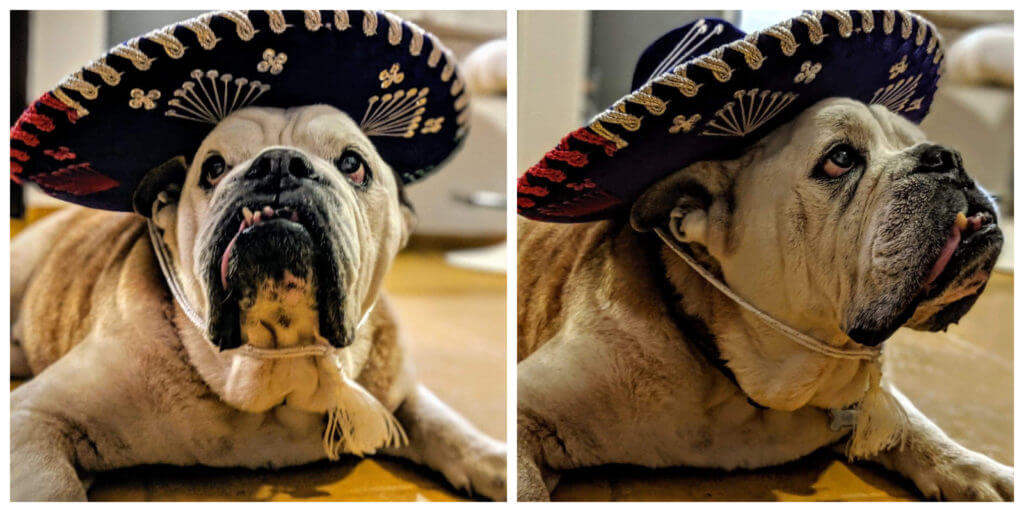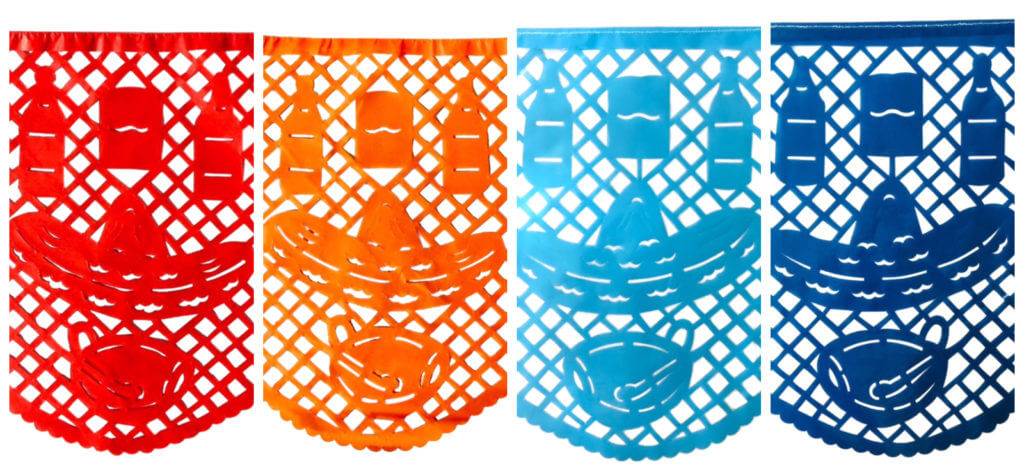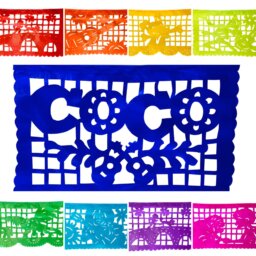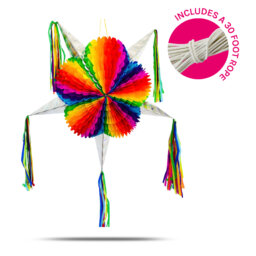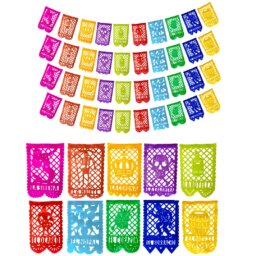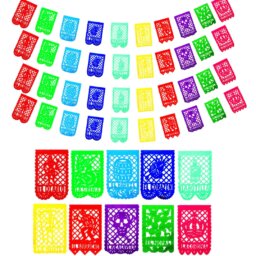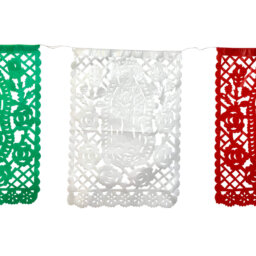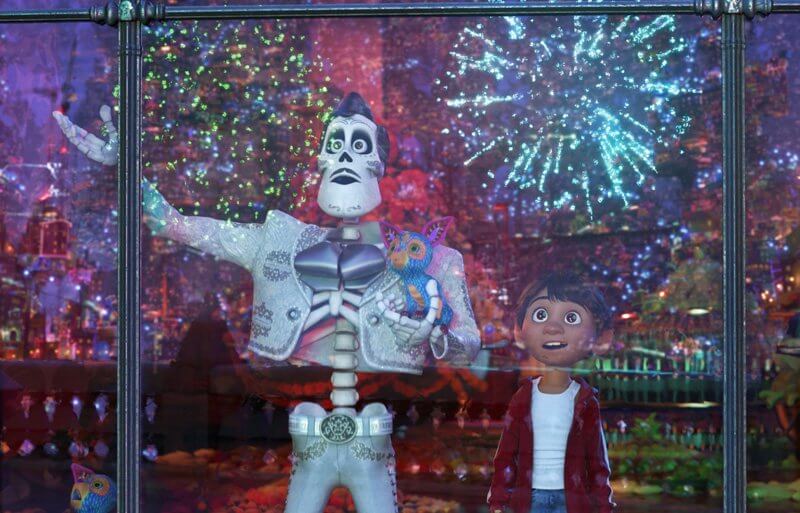
Ernesto De La Cruz stole my heart the first time I saw his big, sexy, latino, animated self in Pixar and Disney’s movie, Coco. I was preparing to move back to México from Texas when I saw the trailer for this cinematic masterpiece about my adopted homeland.
The bright-eyed boy Miguel, his dog Dante with his tongue hanging out and the sounds of mariachi music made me look VERY forward to seeing the show with my nephew (great excuse to watch a kid’s film)!
Sweet baby Jesus!! That music and scenery gave me chills! To the point of nearly dropping everything and moving to México that very second. If the trailer was that good, I couldn’t wait to see the fucking movie. “The music is in me!”
Coco was released in the US on November 22nd, 2017…four months before I was moving back to México. I’m continually looking for inspiration to build the TexMex Fun Stuff brand and to help me refine my product offerings in the US. As luck would have it, the timing of this movie was equally as magical.
For those of you reading this who have yet to see Coco, from the bottom of my corazón…please stop reading this post and go stream it right now! THEN let me know your thoughts via comments here or on our FaceBook page!

“When life gets me down, I play my guitar. The rest of the world may follow the rules, but I have to follow my heart” – Ernesto De La Cruz
Quick breakdown: The story follows a very young aspiring musician, Miguel, who is accidentally transported to the Land of the Dead and where he must find his deceased, musical genius great-great-grandfather to help him return to his family among the Living WHILE reversing his family’s ban on music AND within a limited time to escape before he disappears! Heavy drama! Massive action! Dead people!
After living in México for 5 years previously, I felt that the movie encapsulated everything colorful, cultural and mystic about México…the customs, food, sounds, family traditions, street dogs, papel picado flags, piñatas, music and the Day of the Dead (blog post on that in October)!
?? Buy Coco Inspired Papel Picado Flags on Amazon ??
Attention to the finest details throughout the movie makes me want to watch it over and over to catch gems that I missed. I mean seriously, check this cute photo of Miguel teaching himself to play the guitar by watching Ernesto De La Cruz movies! The skull head of that guitar is straight outta Day of the Dead. Chinga!
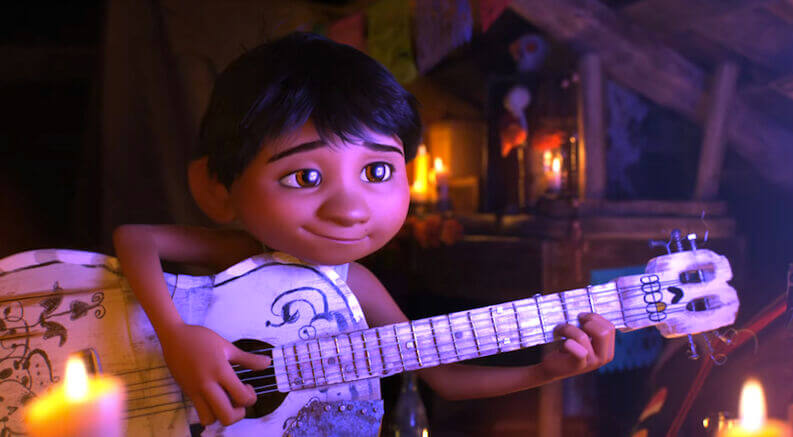
So who is Miguel’s great-great-grandfather who must save the day? None other than the dearly departed, world-renowned, muy famoso, Ernesto De La Cruz…or is it? EDLC (as I will call him) was from Miguel’s hometown and had been a very famous singer, musician and actor who starred in many “Charro” films. Sadly, EDLC was crushed to death by a giant bell at a very early age. Yes, a giant fucking bell. Miguel admires his music and emulates him in secret (ancestral ban on music-long story).
I’m still a bit behind when it comes to Mexican musicians, dead or alive, but I’m trying to get my shit together. I was wondering throughout the movie, “Is Ernesto De La Cruz based on a real Mexican icon or just a made up character from the genius minds of the Pixar people?” EDLC was larger than life (even in death) like Elvis and Frank Sinatra. Plus, he rocks the feathery smooth voice like a mariachi boss so I figured he had to be real. Right?
“For even if I’m far away, I hold you in my heart / I sing a secret song to you, each night we are apart.” – “Remember Me” -Best Original Song from Coco
Doing a Google Search for ‘Is Ernesto De La Cruz…’ comes up with the auto suggestions of: ‘Is Ernesto De La Cruz real’, ‘Is Ernesto De La Cruz based on Elvis’, ‘Is Ernesto De La Cruz a father’ and ‘Is Ernesto De La Cruz based on Vicente Fernandez.’
I thought, “Screw Google. I’m gonna research the real-life person who played the animated character, Benjamin Bratt to see who his muse was for this character!” I have always felt is super hot, so why the hell not?!
Benjamin Bratt, in all of his hotness, nailed the role of Ernesto De La Cruz
Bratt relied on his roots as a Peruvian-American to embody this macho Mexican singing icon. His mother, Eldy, was a nurse and activist (badass) from Lima, Peru and was a member of the indigenous Quechua tribe. His father, Peter Bratt Sr., was an American sheet metal worker whose father, George Cleveland Bratt, was a Broadway actor. So there’s the connection – Like grandfather, like grandson!
?? Buy Coco Inspired Papel Picado Flags on Amazon ??
To prepare for the role of La Cruz, Bratt studied the “Charro” films from the ‘Golden Era of Mexican Cinema’. From these he drew from 3 different and incredibly talented Ranchera singers/actors that were handsome, suave and charismatic. Together these men gave him the template to portray Ernesto De La Cruz. Without any prior singing experience, Bratt voiced the character and sang the Oscar winning title song of the movie, “Remember Me”. #impressive #hotandtalented
I’m still trying to figure out the subtle differences between Ranchera Music and Mariachi Music, but in any case, they both involve big sombreros, booming voices and costumes that are works of art. 100% Bad Ass-ery! To prove it, see my post on Mariachis here. So when I looked up the difference between Ranchera and Mariachi music styles/genres/what have you…WikiDiff.com had this to say…
As nouns the difference between Mariachi and Ranchera is that Mariachi is a traditional form of Mexican music, either sung or purely instrumental while ranchera is a traditional Mexican song performed solo with a guitar.
Other sources say that Ranchera is one form of Mariachi. It’s a little confusing, but both were represented PLENTY during the Golden Age of Mexican Cinema from the 1930s to the 1950s. This genre of movies… “Charro“…were extremely popular. These films featured movie stars such as Tito Guízar, Jorge Negrete, José Alfredo Jiménez and Pedro Infante, who would often sing Mariachi songs to their leading ladies.
Drum roll please…so who were those 3 actors/singers that Mr. Bratt embodied? CHECK IT!!!
1. Pedro Infante, hailed as one of the greatest actors of the Golden Age of Mexican Cinema.
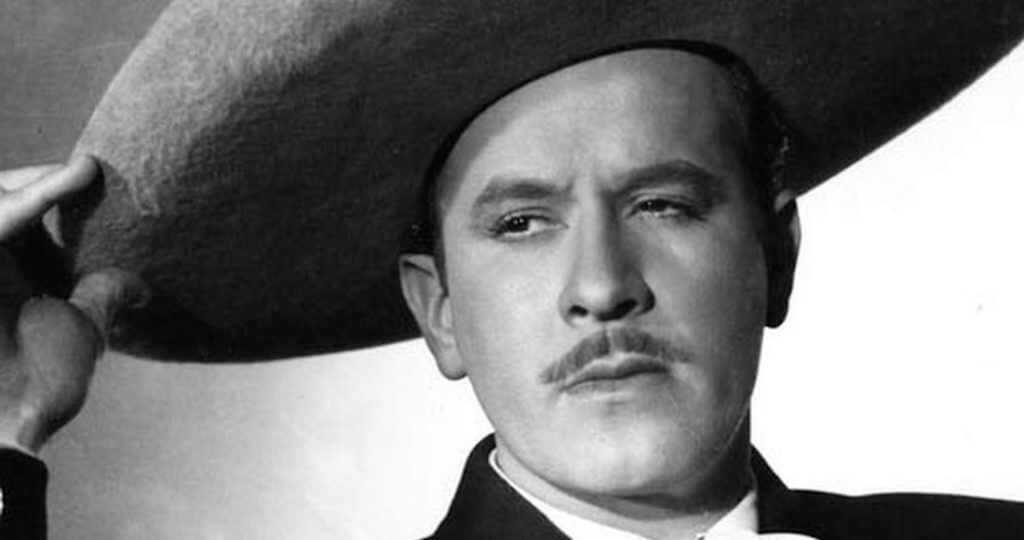
Pedro Infante is considered to be one of the best Ranchera Singers and idols throughout México and Latin America. His full name was Pedro Infante CRUZ. #NotSoSubtle
What I like about him is that he was always surrounded by mariachis in his movies and was constantly singing, drunk and on the verge of breaking down and crying. Like me on any given day of the week. I make a fraction less noise, but I certainly draw the same size crowds. #AttentionSeekingBehavior
Ole Pedro recorded over 350 songs and starred in over 60 films, 30 of which with his brother, Ángel Infante. His most critically acclaimed movie, “Tizoc” won a Golden Globe for Best Foreign Film in 1958. The Golden Globe can be seen at the Pedro Infante museum on a tiny island called Isla Arena in Campeche, México. #BeenThere
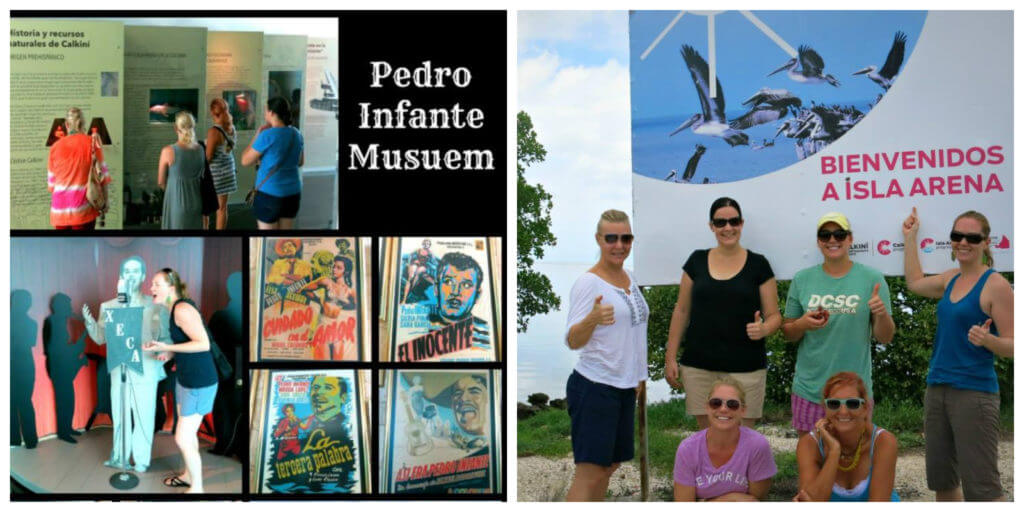
Pedro also had a fascination with aviation and had converted a Bomber war plane into a cargo plane in San Diego. He was learning to be a pilot and was co-piloting this plane when the engine failed shortly after takeoff in my adopted hometown of Mérida, Yucatan. The plane was headed to México City, but crashed 5 minutes after taking off and he died at the age of 39 – April 15th, 1957. Sad day in México.
BUT some people think his death was faked since his body was “burned beyond all recognition” in the crash. Authorities were never able to positively identify his remains and adding to this mystery, a man was spotted in Veracruz in the 1980’s that went by the name Antonio Pedro who closely resembled Infante. Fans wanted to believe conspiracy theories that Infante was still alive, however a bracelet of Pedro’s was found near the crash sight which more or less settled that. #Asgoodasdead
2. Jorge Negrete, Opera Singer, Actor and Military Veteran
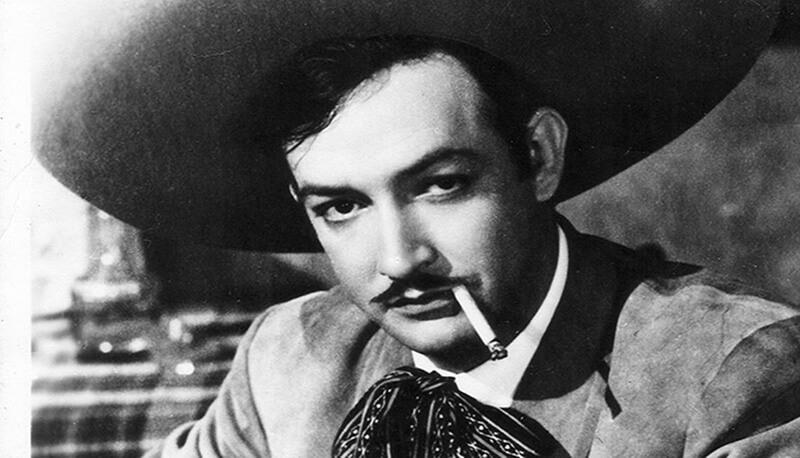
Jorge Negrete was born in one of my favorite cities in México and which many scenes in Coco strongly resemble…Guanajuato City, Guanajuato. The papel picado draped above the winding streets and colorful callejones in the make believe cities of Santa Cecilia and Land of the Dead is a beautiful intersection of animated nostalgia and this real-life city full of Mexican pageantry. #Guanajuato
?? Buy Coco Inspired Papel Picado Flags on Amazon ??
Negrete was a brilliant, but rebellious teenager which caused his father to enroll him in El Colegio Militar, a military academy, where (of all freaking things) he fell in love with music. Negrete graduated from the academy with a developed gallant presence that served him well as a leading man in films and a booming star on stage.
As fabulous as he was militarily speaking, he LOVED singing and had an astounding voice. So when he met José Pierson, a prestigious singing professor, he started seriously studying music. Pierson became fascinated with Negrete’s voice and got him on the radio. He also helped Negrete develop his talent for Opera which led him to become well known in the United States. He went on to star in over 40 films from 1937 to 1953 and helped found the Mexican Actors Association.
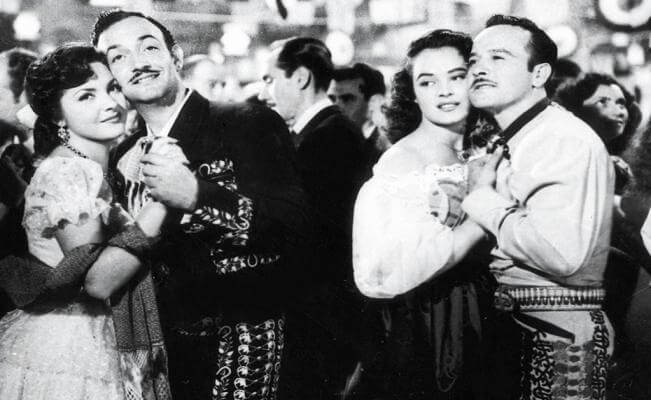
Randomly, Negrete died at CEDARS-SINAÍ Hospital in 1953 at the age of 42 while on a business trip in LA, CA from complications of cirrhosis. There was a faux public rivalry between Negrete and Infante since their careers paralleled, but privately they were close friends right up to Negrete’s death. Some historians say that Negrete’s death actually helped Infante’s career since he was no longer in Negrete’s shadow. Both men died very young and in their prime…kinda like EDLC!
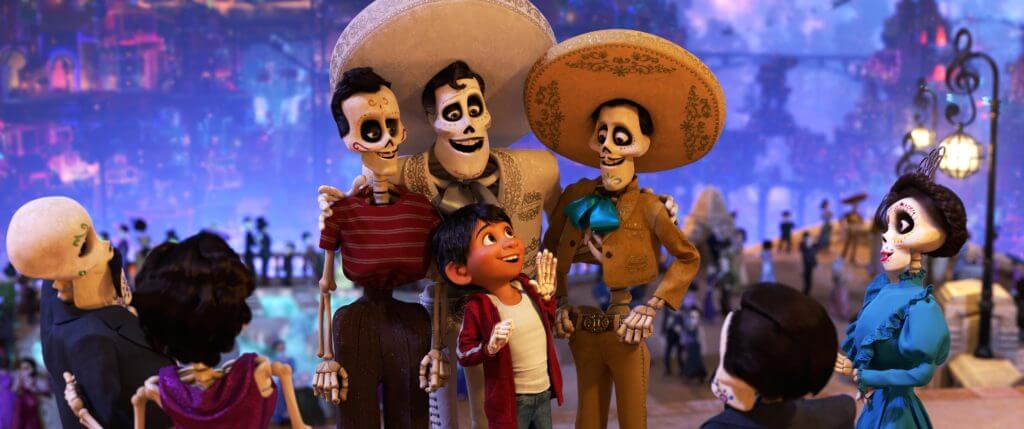
MOVIE SPOILER ALERT***Both Infante and Negrete make brief dead cameos in Coco when Ernesto De La Cruz comes up to talk with them at his party in the Land of the Dead.***
3. Vicente Fernández, the King of Ranchera Music
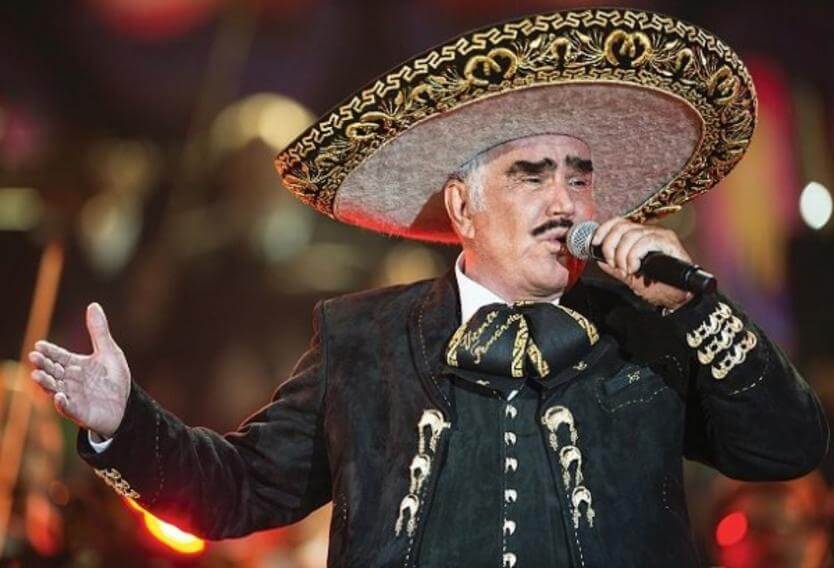
Vicente Fernández, nicknamed “El Rey de la Música Ranchera” (The King of Ranchera Music) is a retired actor, singer and movie producer. He grew up in Guadalajara, Jalisco and was inspired to be a singer while watching Pedro Infante movies as a young boy. #parallels
“When I was 6 or 7, I would go see Pedro Infante’s movies, and I would tell my mother, ‘When I grow up, I’ll be like him.'” – Vicente Fernández
He went on to record over 50 albums and would always perform wearing a traditional Mexican charro suit, which of course included a massive felt sombrero. He also contributed to over 30 films between 1965 and 2016. He retired from performing live in 2016, but definitely went out in style. #Notdeadjustretired
?? Buy Coco Inspired Papel Picado Flags on Amazon ??
To a sold out crowd at Mexico City’s Azteca Stadium in April, 2016 he stopped his concert to address the then-US presidential candidate…
“There’s a U.S. presidential candidate that’s saying a lot of ugly things about Mexicans. The day I come across him, I’m going to spit in his face! I’m going to tell him to go fuck himself. I’m going to tell him everything no one has ever told him in his damn life.” – Vicente Fernández
BOOM. Not sure if they have had a face-off yet, but there’s time.
Vicente’s 51 year career has earned him 3 Grammy Awards, 8 Latin Grammy Awards, a star on the Hollywood Walk of Fame and he has sold over 50 million records worldwide. That makes him one of the top-selling Mexican artists of all time. Google is backing us up here…
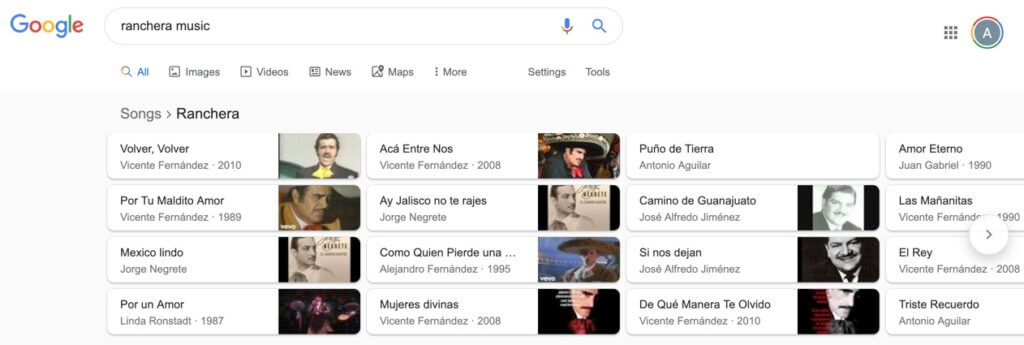
Felicidaes y gracias to Benjamin Bratt for channeling the heart and soul of Mexican music into Ernesto De La Cruz! It is clear in his performance that he used the musical and personality stylings of these 3 icons and in the process created another real Mexican icon…EDLC! VIVA MÉXICO!!!
Coco to date has grossed over $807 million making it the 15th highest grossing animated film ever made and was the first feature film with an all Latino cast. It was originally titled Day of the Dead, but was changed to Coco, which is the name of Miguel’s grandmother in the movie. The film won two Academy Awards for Best Animated Feature and one for…you guessed it…Best Original Song, “Remember Me”.
Coco 2: Return To the Land Of the Living – Slated to hit theaters in the US October/November 2020!! Olé! #NoSpoilersHere
?? Buy Coco Inspired Papel Picado Flags on Amazon ??
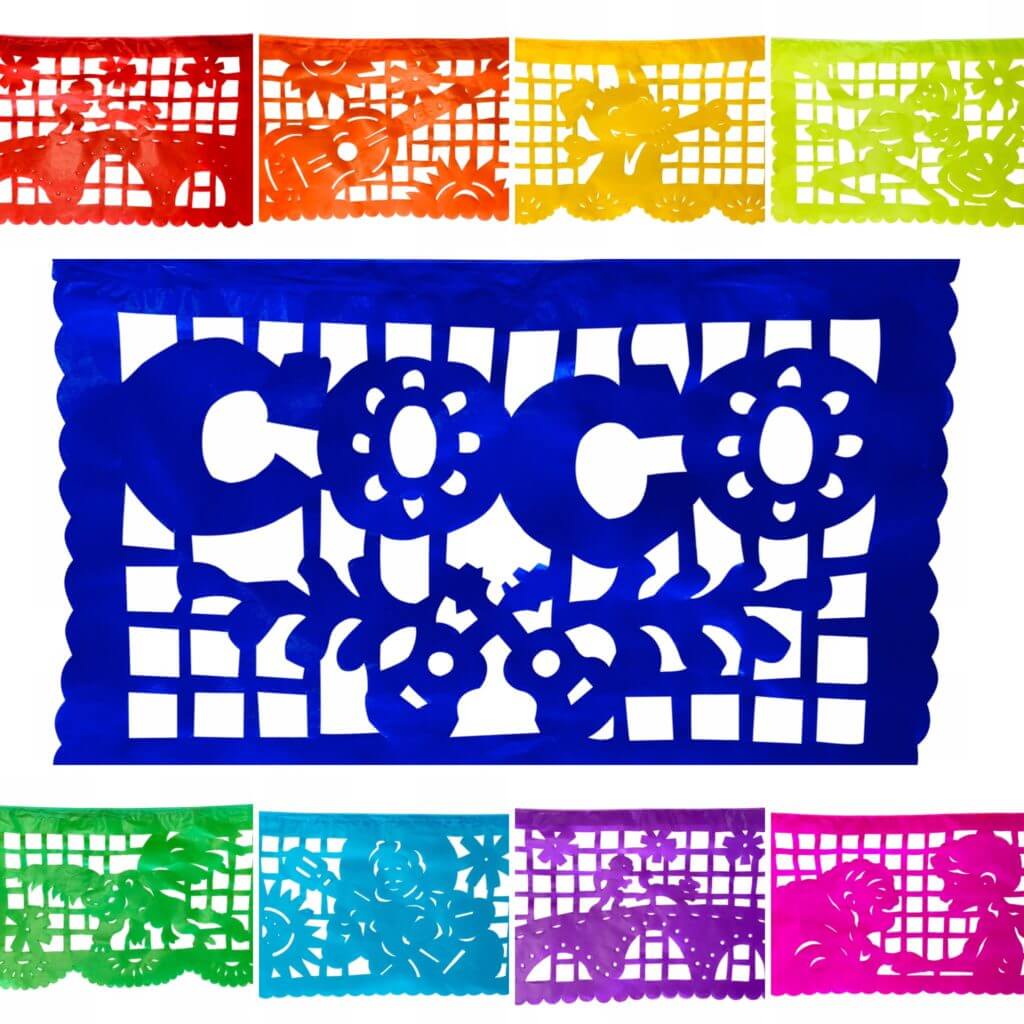
Are you looking for more inspiration from México? Check out the TexMex Fun Stuff Blog for more sights, sounds and badass-ness uncovered while exploring México searching for handmade fun stuff for you!
Related Posts
My Story / The Actual History of Papel Picado Flags
Sombreros…Shading Muchachos for Over 500 Years!
What is the Deal With These Badass Mariachis?
Cinco de Mayo, the USA Holiday Sponsored by Margaritas and Cervezas
